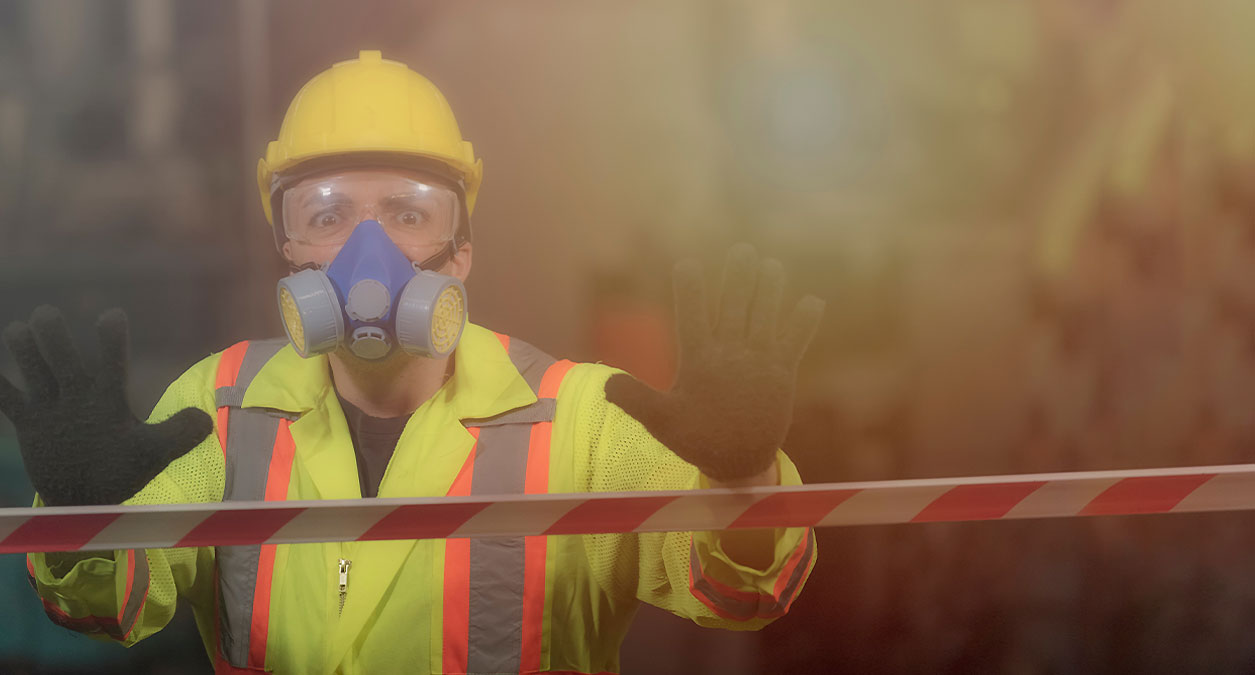Four hazards of confined space working
''Mintra’s Confined Space Entry Training elearning course is aimed at individuals who are required to carry out tasks in confined spaces across the whole spectrum of industries, helping them and their colleagues.''
The contributing factors to industrial accidents in confined spaces are well documented: lack of appropriate training, working without proper equipment and limited employee knowledge are some of the issues that can lead to incidents in spaces such as tanks, silos, manholes, tunnels and ducts.
But what about the most common hazards that employees can be exposed to while they are working in confined spaces and which may cause them to come to harm? These can be defined within four main areas – physical hazards, toxic atmosphere, flammable atmosphere and engulfment.
Physical hazards
Although confined spaces generally tend to be small and restricted, it is not uncommon for machinery and objects to be located in these spaces. That means that employees carrying out work could be struck by falling objects or become trapped in machinery. Other physical dangers can include electricity and walkways where there is a risk of tripping or falling.
Toxic atmosphere
Toxic atmosphere hazards relate to harmful, airborne gases and vapours such as carbon monoxide, benzene and hydrogen sulphide, that may be present within enclosed industrial spaces. However, toxic atmospheres may also be caused by low levels of oxygen.
Flammable atmosphere
Explosive gases are often present in industrial workplaces and these are particularly hazardous in confined spaces. Fires, explosions and smoke are often the cause of the most serious injuries occurring in enclosed spaces.
Engulfment
Spaces where liquids such as oil or water are present carry the risk of engulfment, where a worker could drown if they were to become immersed. However, engulfment can also involve solid materials, such as earth or grain, which could lead to asphyxiation if falling on top of a worker.

Explaining the hazardous environment is just one of the outcomes in Mintra’s Confined Space Entry Training elearning course. The training is aimed at individuals who are required to carry out tasks in confined spaces across the whole spectrum of industries, helping them and their colleagues - who will often be involved in rescue operations - to stay safe.
The course, which is written to current HSE guidelines and industry best practices, also outlines the actions that should be taken in the event of an emergency. It focuses on a range of learning outcomes, including being able to refer to entry procedures, explain the permit to work system in relation to confined space entry, outline gas testing responsibilities and requirements, and describe processes such as venting, purging, flushing and draining.
Mintra has also developed a confined entry course specific to the maritime industry, with a focus on the hazards that seafarers may face. Aimed at deck officers and other personnel involved in confined space entry work, the course is written to The International Convention for the Safety of Life at Sea (SOLAS) The International Convention on Standards of Training, Certification and Watchkeeping (STCW) for Seafarers standards.
Insights & News
At Mintra, we're so much more than just a team—we're a force driving innovation and excellence in maritime training across Europe.
We’re excited to be taking the stage at one of Europe’s leading showcases of organisational learning.
We are delighted to share the exciting news that our People and Culture team has been shortlisted for the prestigious cHeRries Awards!